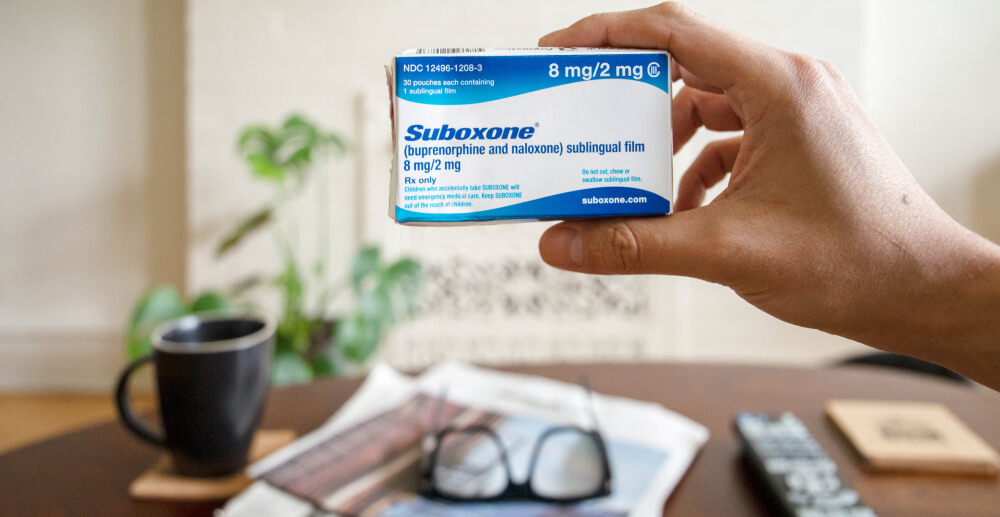Telemedicine for addiction treatment is a relatively new and innovative approach to the treatment of substance use disorders. Think: digital rehab in the comfort of your own home.
This innovation has been a welcome development in a world where addiction is a public health crisis, which is exacerbated by the COVID-19 pandemic.
The evolution of addiction medicine culminating in a more accessible digital approach has been multifaceted. The COVID-19 pandemic and social distancing requirements placed a huge burden on organizations to offer services remotely. Plus, treatment hasn’t always been accessible to many populations, particularly those who are marginalized.
Given its rapid evolution and the fact that telemedicine for addiction treatment is a relatively new concept, we thought it would be helpful to provide a snapshot of exactly what’s involved in telemedicine, and how it differs from other types of telehealth.
What is telemedicine?
Telemedicine, telehealth, and telecare are different terms used to describe slightly different ways of delivering healthcare.
Telehealth
Telehealth is the umbrella term that refers to the remote delivery of health care services. That might include remote monitoring of vital signs, remote diagnosis and evaluation, and e-prescriptions. Telehealth also includes providing health information services, and health care education.
In a nutshell, telehealth includes the delivery of telecare and telemedicine.
Telecare
Telecare refers to the electronic devices and technologies used to deliver remote healthcare services.
Telemedicine
The World Health Organization (WHO) defines telemedicine as “healing from a distance.” More specifically, telemedicine facilitates the remote delivery of healthcare services. That might include:
- The electronic sharing of medical information between medical providers or patients, like X-rays or test results
- Digital medicine, allowing patients and physicians to communicate virtually
- Remote patient monitoring, allowing healthcare providers to monitor patients’ vital signs with mobile medical equipment.
Providers can offer a range of medical services via telemedicine that can diagnose, treat, and prevent disease and injuries.
In essence, telehealth overcomes a number of barriers—such as access and cost—and takes advantage of advanced technology to promote the health of individuals and communities.
What is telemedicine for addiction treatment?
Telemedicine for addiction treatment is using telehealth technologies as an innovative approach to treating addiction. While relatively new, telemedicine is a rapidly expanding model of healthcare that is backed by numerous research studies.
Research shows that the use of telemedicine technologies—texting, videoconferencing, mobile apps, web-based supports, telephone supports, and the use of virtual interaction—demonstrated superior outcomes compared to traditional care.
All programs vary, however. Some lack personalization of goals, which limits the potential of this treatment approach. Rather than focusing on a spectrum of harm reduction approaches, and the science showing that medication-assisted treatment is a successful pathway of recovery for opioid use disorder, providers mostly promote abstinence. It’s this lack of personalization that can make telemedicine for addiction treatment limited in potential.
In contrast, Workit Health delivers personalized psychotherapy to individuals in varying stages of opioid use disorder. We know that psychotherapy is a generally effective addition to MAT, especially if the approaches are tailored and flexible. In addition to the online curriculum, Workit counselors provide real-time support through text messaging, video calls, or phone calls. Our counselors are thoroughly trained in evidence-based counseling modalities.
Telemedicine 101
In summary, these are the main terms for telemedicine and their meaning:
- Telehealth: An umbrella term used to describe telecare and telemedicine
- Telemedicine: The delivery of healthcare and exchange of health information remotely and in real-time
- Types of telemedicine: Patient and physician interaction, the transfer of healthcare information, remote patient monitoring, and healthcare education
- Telemedicine devices: Telephone, computers, video technology, electronic devices, mobile phones, and mobile healthcare monitoring devices
To learn more about Telemedicine for addiction treatment, you can read our comprehensive guide, Everything to Know About Telemedicine Addiction Treatment.









